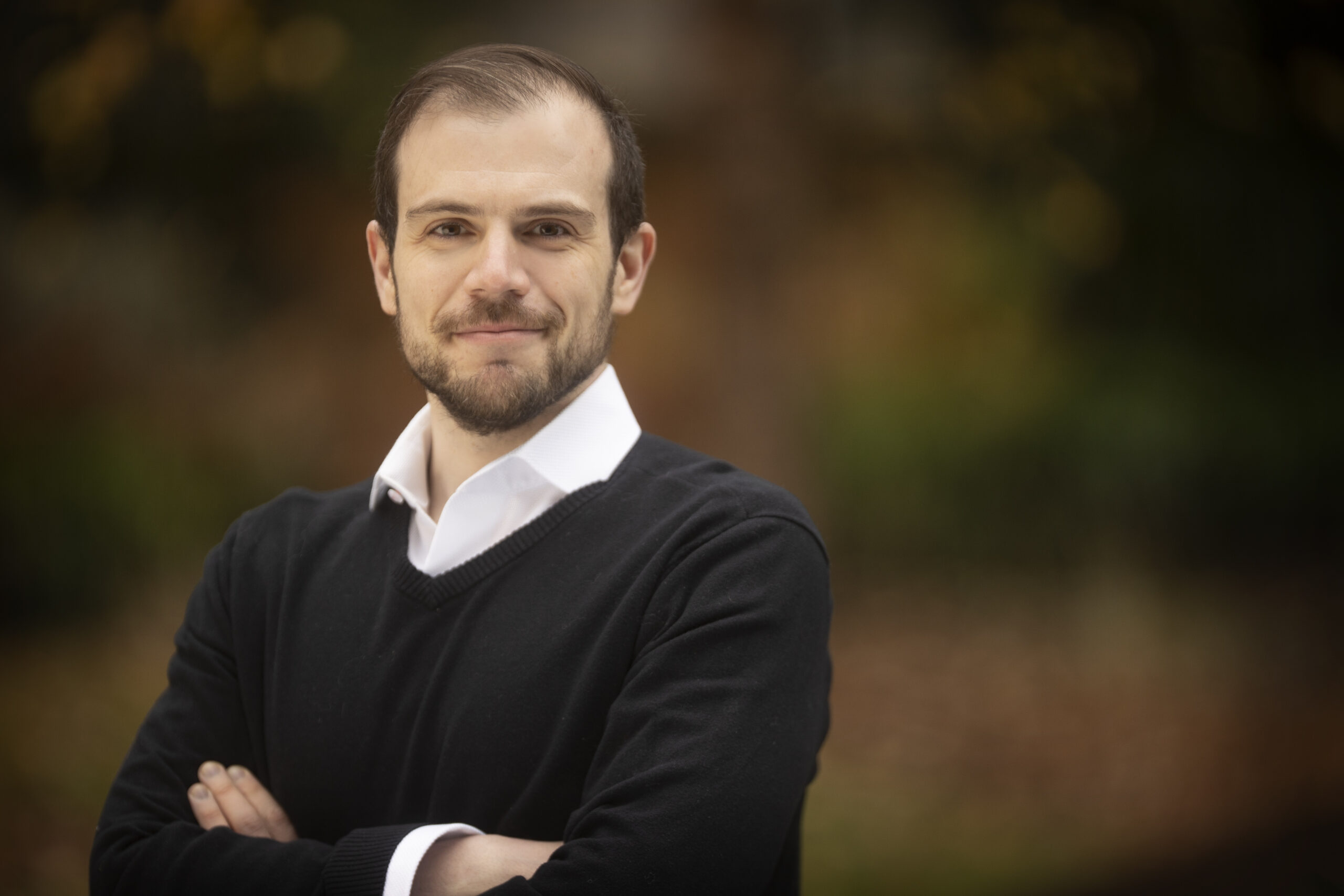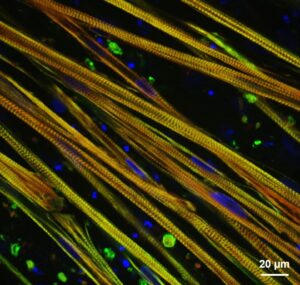
Alec Smith
Research Assistant Professor
Physiology and Biophysics / The Institute for Stem Cell and Regenerative Medicine (ISCRM)
School of Medicine
astsmith@uw.edu
Alec Smith faculty page
What is your Research Focus?
My research focuses on the mechanistic pathways that underpin muscle and nervous tissue development. I use human stem cell-derived models of neuromuscular disease to study the mechanisms that lead to muscle and neuronal dysfunction in these conditions. Specifically, I am focused on developing human models of amyotrophic lateral sclerosis and Charcot-Marie-Tooth disease using CRISPR-Cas9 gene editing to introduce disease-associated mutations into induced pluripotent stem cell lines. These cells are then differentiated into motor and sensory neurons for subsequent transcriptomic and electrophysiological assessment. In analyzing these cells, I aim to better understand how the causal mutation leads to the development and progression of a neurodegenerative phenotype. Ultimately, the hope is that these studies will lead to the identification of new targets for therapy development and eventually to effective treatments for these incurable and life-threatening neurodegenerative conditions.
Another major focus of my work is leveraging our understanding of neuromuscular tissue development to create truly biomimetic neuromuscular culture systems that express mature human morphological and functional characteristics. My collaborators and I have developed a number of novel assay systems and culture platforms that have been commercialized through partnerships with local biotech companies. As such, these platforms are now available to the wider scientific community as tools to increase the amount of clinically-relevant data that can be gleaned from the in vitro study of stem cell-based models of human disease. Furthermore, these platforms are being employed as test beds with which to evaluate the efficacy and potency of novel therapeutics targeting a range of neuromuscular disorders.
What opportunities at the UW excite you?
The chance to collaborate with world experts in their fields to develop research that pushes the boundaries of our current knowledge. UW is by far the most collaborative environment in which it has ever been my privilege to work. My research has benefited greatly from that collaborative spirit and allowed me to reach further than would have been possible on my own. That, in concert with first-rate facilities, has created a dream working environment for me. I hope to continue my work here for as long as I am able. I also think the UW does a fantastic job of supporting faculty in efforts to translate basic research into the clinic and the commercial sector. That support has been crucial to ensuring my work reaches other researchers and patients that stand to benefit the most. It is heartening to know that our work won’t sit solely in the pages of academic journals but will be translated into new products that will hopefully change people’s lives!
 The image is of stem cell-derived skeletal muscle stained with fluorescently-labelled antibodies that recognize myosin heavy chain (green) and m-line titin (red). Nuclei are visualized with 4′,6-diamidino-2-phenylindole (DAPI), which fluoresces under UV light when bound to DNA. This image is taken from a recent publication, which can be found here: https://www.ncbi.nlm.nih.gov/pmc/articles/PMC9445471/
The image is of stem cell-derived skeletal muscle stained with fluorescently-labelled antibodies that recognize myosin heavy chain (green) and m-line titin (red). Nuclei are visualized with 4′,6-diamidino-2-phenylindole (DAPI), which fluoresces under UV light when bound to DNA. This image is taken from a recent publication, which can be found here: https://www.ncbi.nlm.nih.gov/pmc/articles/PMC9445471/